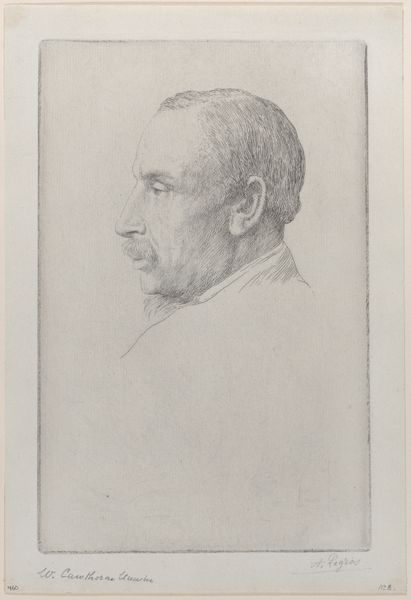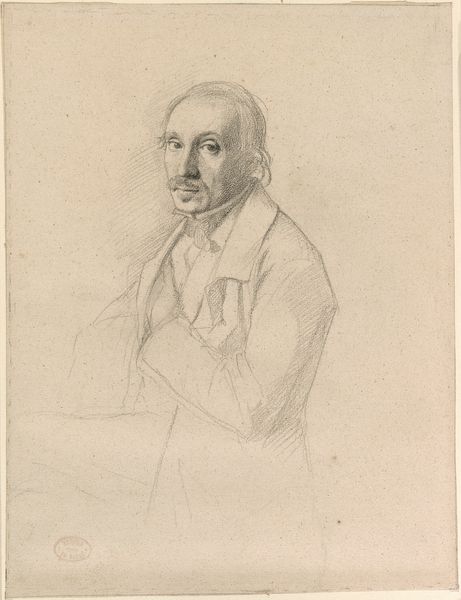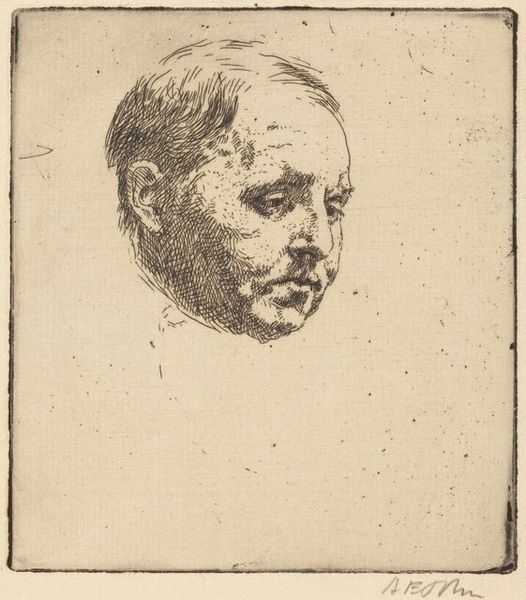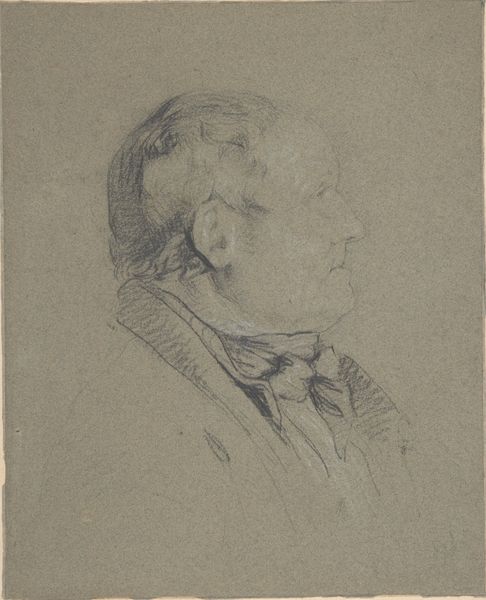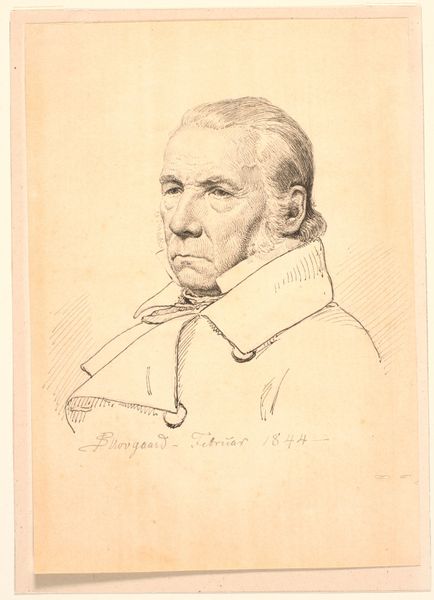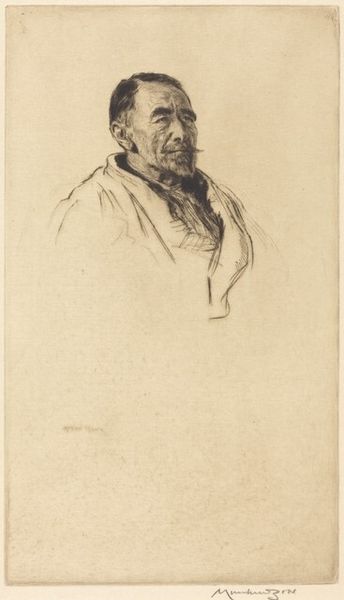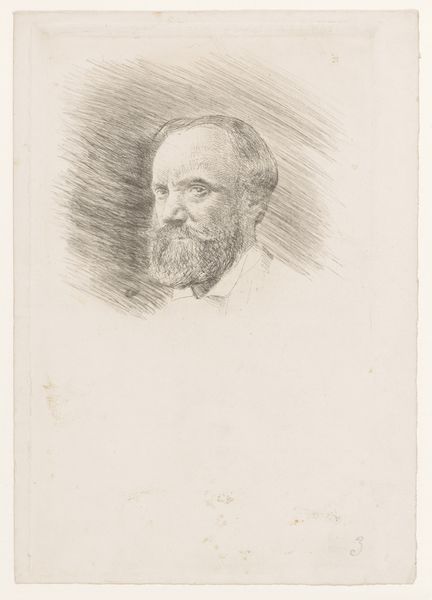
drawing, print, pencil, graphite
#
portrait
#
drawing
# print
#
pencil drawing
#
pencil
#
graphite
#
portrait drawing
#
academic-art
Copyright: National Gallery of Art: CC0 1.0
Editor: Here we have Alphonse Legros’s print, "Professor W. Cawthorne Unwin," executed in graphite. It strikes me as a very delicate study in form, particularly the artist's use of line to define the subject’s profile. What do you see in this piece, from a formal perspective? Curator: I'm drawn to the almost mathematical precision in the hatching and cross-hatching. Note how Legros employs it to model the planes of the face, creating a compelling illusion of three-dimensionality on a two-dimensional surface. How does this technique contribute to your experience of the subject's presence? Editor: It definitely gives him a sense of gravitas, a solidity that’s impressive given the lightness of the medium. The varying densities of the lines seem almost structural. Curator: Precisely. It's not just about representation, it's about the very architecture of the portrait. Consider the negative space, too – the vast, almost untouched area surrounding the head. It focuses our gaze intensely on the intricate details of the face itself, wouldn't you agree? Editor: I hadn't consciously thought about it, but you're right. The blank space emphasizes the detail in the drawing. Are you saying the stark composition reinforces the character? Curator: Indeed. Form and content are inextricably linked here. By stripping away extraneous details, Legros compels us to examine the formal qualities that lend dignity and substance to the subject. Editor: This piece definitely opened my eyes to seeing portraiture beyond just likeness; the medium itself carries so much weight and meaning. Curator: And hopefully underscores the idea that looking closely at an artwork's formal elements offers unique insights.
Comments
No comments
Be the first to comment and join the conversation on the ultimate creative platform.
